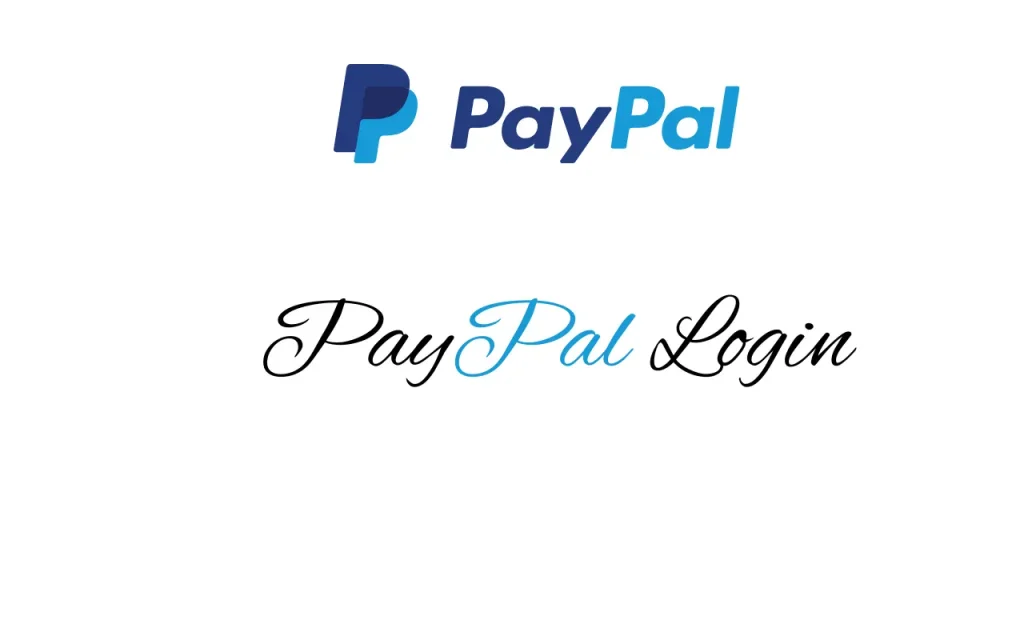PayPal Login Activity Guide: How to Monitor, Reset, and Secure Your Account
Monitoring your PayPal login activity is one of the most effective ways to keep your account secure. Whether you’re a frequent PayPal user for online shopping or a small business owner managing regular transactions, understanding your login patterns can help detect unauthorized access before it’s too late. PayPal offers multiple ways to check recent activity, including via browser, mobile app, or email alerts. In this guide, you’ll learn how to check PayPal access login activity, reset suspicious sessions, and improve your account’s overall security posture.
With the growing number of phishing scams and credential theft cases, being proactive about your PayPal account login activity is more important than ever. From checking your login activity email notifications to understanding how to navigate the PayPal portal login activity app interface, this article covers everything you need to know. Whether you’re trying to activate your card, reset login activity, or secure your account, all bases are covered here.

How to Check PayPal Login Activity
If you’re wondering how to check login history on PayPal, the platform provides an easy-to-use interface for viewing all your recent login sessions. Keeping track of this data can help you identify any unknown devices or IP addresses accessing your account. Similar to monitoring financial tools like the Surge Card Login portal, regularly reviewing your login activity helps ensure account security.
Steps to check PayPal sign in activity:
- Log into your PayPal account from a secure device
- Click on the gear icon to access your account settings
- Navigate to the “Security” tab
- Under the “Recent Logins” section, click “View” to see login activity details
Here, you’ll see a list of your recent login sessions, including the device used, IP address, and location. This information can help you quickly identify if any unauthorized person has accessed your account.
PayPal Login Activity Email Alerts
PayPal often sends out PayPal login activity email alerts when a new device or suspicious login is detected. These emails contain information like login location, IP address, and the device name. Always take these emails seriously. If the login was not initiated by you, immediately change your password and review recent transactions.
These email alerts are automatic and serve as your first line of defense against account breaches. It’s important to ensure your registered email address is active and secure so that you receive these critical notifications without delay. If you get multiple emails within a short time or from unfamiliar locations, this is a strong signal to initiate a PayPal access login activity reset to secure your account.
Using the PayPal Login Activity App
You can also use the PayPal login activity app to stay updated on your account’s security. The PayPal app offers a mobile-friendly interface where users can quickly view login history and activity. This is particularly useful when you’re on the move and need to act fast in case of unauthorized access.
The PayPal user login activity app free version available on iOS and Android allows users to:
- Check recent login activity
- Receive real-time notifications
- Log out of suspicious devices remotely
- Access customer service for account recovery
To get started, download the app from a trusted source and log in with your credentials. Navigate to the “Settings” > “Security” section to view your activity.
PayPal Login Activity Reset: What to Do If Something Looks Suspicious
If you notice anything out of the ordinary—like a login from a location you’ve never visited—it may be time for a PayPal login activity reset. This involves logging out of all active sessions and updating your security settings.
Steps for resetting PayPal sign in activity:
- Visit PayPal on a secure browser and go to your account settings
- Select the “Security” tab
- Click on “Manage sessions” and choose “Log out of all devices”
- Immediately change your password and update your security questions
For added security, enable two-factor authentication and link a secure phone number or authenticator app. This step ensures that even if someone steals your credentials, they cannot access your account without a second verification factor.
How to Contact PayPal Login Activity Phone Number
In urgent situations, you may want to speak to PayPal support directly. The PayPal user login activity phone number connects you to their security team, who can guide you through resetting your account and securing it against further threats.
To contact support:
- Dial 1-888-221-1161 (USA users) or use the local number for your region
- Navigate the menu to reach “Security and Account Access”
- Provide identity verification when prompted
Make sure to have your account email and last known activity details on hand. This will help speed up the process when you report suspicious logins or need help with account restoration.
Where Is Activity on PayPal App?
To locate your activity in the app, follow these steps:
- Open the PayPal app on your phone
- Tap your profile icon in the top-right corner
- Select “Security Center” or “Settings” depending on the version
- Tap on “Recent Logins” to view device activity
This section provides a summary of your logins, including the device type and location. If you see something unusual, follow the steps above to reset your session and password.
How to Check Login History on PayPal
Whether through the app or browser, knowing how to check login history on PayPal is vital for every user. As outlined earlier, access this through the Security tab and review the IP addresses and devices listed.
Tips for interpreting login history:
- Check for unfamiliar devices
- Look for repeated login attempts
- Verify whether login times match your actual activity
If you find inconsistencies, use the steps for a login reset and immediately contact PayPal support.
Activate Your Account to Use PayPal
To take full advantage of features like monitoring login activity, you must activate your account to use PayPal. This process ensures that your email and identity are verified, and your account is ready for transactions.
Steps to activate your PayPal account:
- Confirm your registered email address via the welcome email
- Link a bank account or credit card to enable payments
- Verify your phone number for added security
- Complete profile setup and security questions
Only after activation can you view full login history and receive real-time alerts about suspicious access.
PayPal Activate Card: Additional Layer of Security
Many users pair their PayPal account with a debit or credit card for faster transactions. When you PayPal activate card, it also adds another authentication layer for your purchases.
To activate:
- Log into your account and go to “Wallet”
- Select the card you’ve added
- Click “Confirm Card” and enter the code sent via a $1.95 temporary charge
- Once confirmed, the amount is refunded and your card becomes active
An activated card helps PayPal verify that the user making a transaction is legitimate and authorized.
FAQs
Final Thoughts
Staying informed about your PayPal login activity is a crucial aspect of maintaining a secure and trusted online payment experience. From email alerts to mobile app tools and manual history checks, PayPal provides multiple layers of protection. Knowing how to perform a PayPal secure login activity reset, how to check PayPal sign in activity, and where to find your login history gives you full control over your account.
Use the app, keep your credentials updated, and enable two-factor authentication to enhance security. For users managing international transactions or using PayPal for business, staying vigilant is even more critical. Don’t ignore suspicious emails or unfamiliar logins—act promptly and reach out to support if needed.







